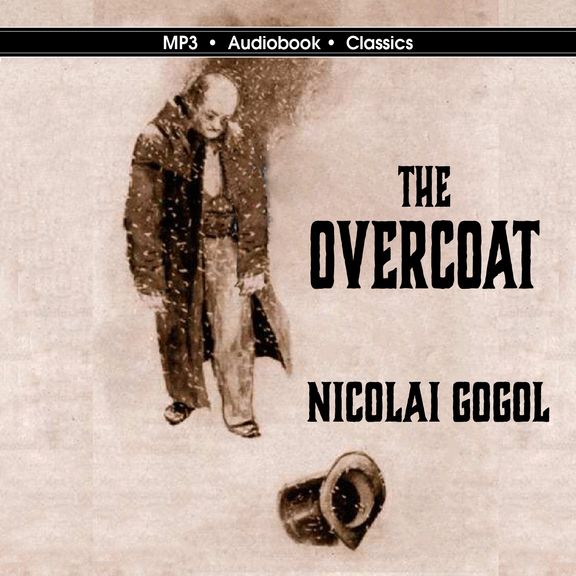
The Overcoat
By Nicolai Gogol
“We all come out from Gogol’s ‘The Overcoat’”. This statement by Fyodor Dostoyevsky expresses the great influence of the story written in 1842. It tells the story of Akaki, a meek, balding, middle-aged copyist in the Russian government. He is a hard worker and content with his paltry lot in life, but is bullied by the younger clerks, who make fun of the shabby overcoat he wears both indoors and out. He consults with his neighbor, a one-eyed, heavy-drinking tailor, about a new coat. After scrimping and saving, he receives an unexpected holiday bonus that enables him to buy the coat. The new garment causes his standing at the office to rise a few notches. He is invited to a party after work, stays late and is accosted by ruffians on his way home who steal his overcoat and leave him shivering in the snow. Efforts to recover the coat through the police go nowhere. Advised by a co-worker to see an important general for help, he is dressed down instead for wasting his time on such a trivial matter. Akaki walks home in the cold with no coat, falls ill the next day and dies in a fever dream. Soon thereafter stories begin circulating of a ghost haunting the streets of St. Petersburg and stealing overcoats. The story showcases Gogol’s distinctive ability to shift from tone to tone. Vladimir Nabokov wrote “with Gogol this shifting is the very basis of his art… When, as in the immortal The Overcoat, he really let himself go and pottered on the brink of his private abyss, he became the greatest artist that Russia has yet produced.”


